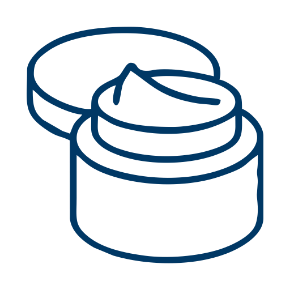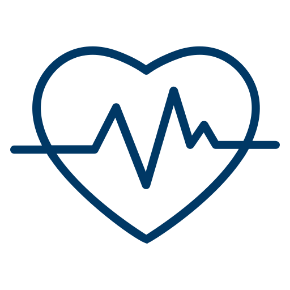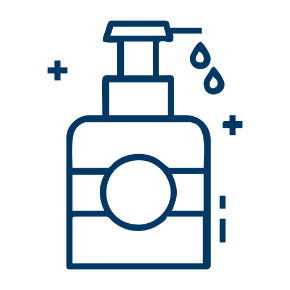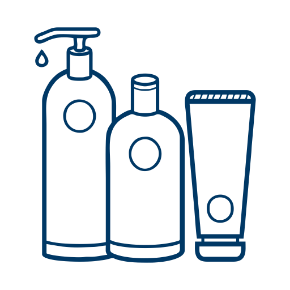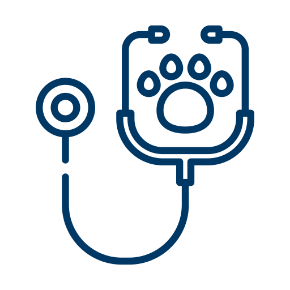Eczema is a dry skin condition that is associated with itchiness and irritation. Eczema symptoms can include very dry skin, rough patches, and scaling. Eczema generally starts in childhood and affects up to 1 in 4 children. No matter your age, eczema requires treatment during flare-ups and a suitable maintenance routine to manage symptoms.
What is eczema?
Eczema is a common, non-contagious skin condition that is characterized by dry, red, scaly, or itchy skin. In more severe cases, the skin can crack, bleed, and/or crust. Eczema can affect people of all ages.
There are many different types of eczema, or dermatitis. These include:
- Atopic dermatitis, the most common type of eczema, refers to the classic scaly patches that usually begin in childhood and can affect the extensor surfaces of the arms and backs of the knees.
- Irritant or allergic contact dermatitis is a result of a reaction to a known irritant and/or allergen that comes in contact with the skin.
- Nummular eczema refers to coin-shaped, scaly patches occurring usually on the extremities. It is caused by allergens or very dry skin.
- Seborrheic dermatitis occurs in common oil-producing (sebaceous) glands like the upper back, nose and scalp.
- Dyshidrotic eczema are small, itchy blisters on the edges of the fingers, toes, palms, and soles of the feet.
- Stasis dermatitis occurs when there is inadequate blood flow in the veins causing swelling, skin redness and itchiness, often occurring in the legs.
What causes eczema?
While what causes eczema is still unknown, it has been linked to both genetic and environmental factors. Those who develop eczema symptoms are thought to have an immune system that is reactive to certain irritants. Eczema patient’s skin is unable to properly retain moisture, which may be caused by a deficiency in naturally occurring moisturizing factors found in normal skin. To understand this, it is important to understand the function of the skin barrier, the protective, outermost layer of our skin. One of its primary functions is to regulate moisture and to keep harmful substances from entering the skin. It helps keep the good things in and the bad things out.
Eczema-prone skin suffers from dysfunctional skin barrier function. This means that it retains less moisture than healthy skin, resulting in dryness. When moisture loss occurs, irritants or other substances penetrate more easily into the skin. They then stimulate the immune system, which overreacts. This triggers clinical signs of eczema to appear: itchiness, inflammation, and redness. There is increasing research that the skin surface bacteria – collectively known as the skin microbiome – may play a role in the pathology of certain skin conditions, including what causes eczema. A disruption in the natural harmony of skin microbiome is often associated with the symptoms of atopic skin. Certain topical skincare products, particularly those containing “prebiotic” ingredients, may help to promote a balanced skin microbiome.
Certain external factors can also trigger eczema. The most common are:
Irritating products:
- Fragrances, soaps, laundry detergents
- Home cleaning products
- Irritating clothing: wool, synthetic fabrics, etc.
Environmental factors:
- Dust, dust mites and pollens, which are naturally present in the air
- Tobacco and pollution
- Changes in temperature
- Heat and sweat
- Very dry air
Lifestyle factors:
- Pets
- Emotional stress
- Food allergies
- Teething
- Changes in hormone levels
It is important to note that eczema is a highly individual condition. It affects everyone differently; what causes your eczema or triggers might be something completely different then someone else’s eczema.
What are the symptoms of eczema?
The most common eczema symptoms include:
- Dry, sensitive skin
- Red, inflamed skin
- Dark colored patches
- Itchy rash - difficult to detect in infants, but sleeping disorders are an indication
- Rough, scaly and thickened skin
- Oozing eczema patches
- Scabs form on the patches
Eczema symptoms can appear on the face, body, or both as a child or adult. Facial eczema is most common type of eczema in babies and children. As children get older, eczema may manifest mainly on the neck and in the skin folds around the elbows, wrist, and behind the knees. The good news is that eczema symptoms subsides in 40-80% of children before they reach the age of 5. However, even if you did not experience eczema as a child, you may still develop it as an adult.
It is highly encouraged to visit a dermatologist as soon as signs of eczema start to appear. You can also visit your pharmacist for information of how to treat early signs of eczema.

